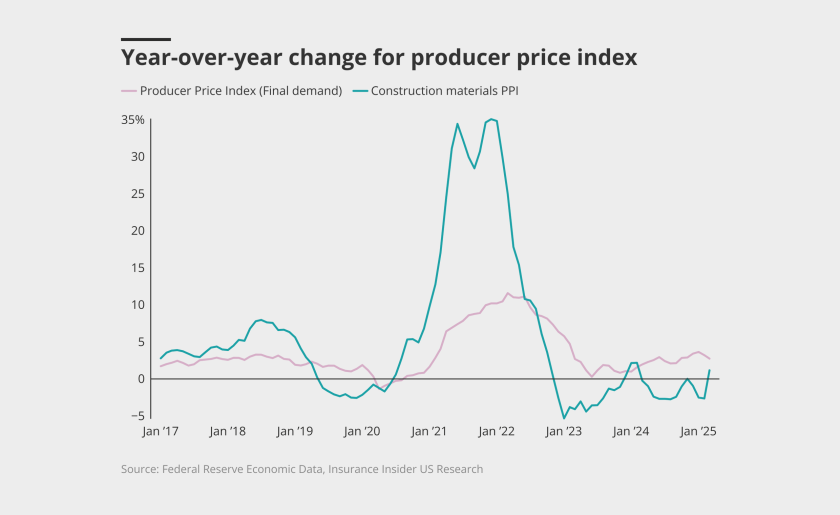
Last month, the United States Department of the Treasury collected $8.75bn in customs duties, up from $6.64bn in March of last year.
March

Last month, the United States Department of the Treasury collected $8.75bn in customs duties, up from $6.64bn in March of last year.
March